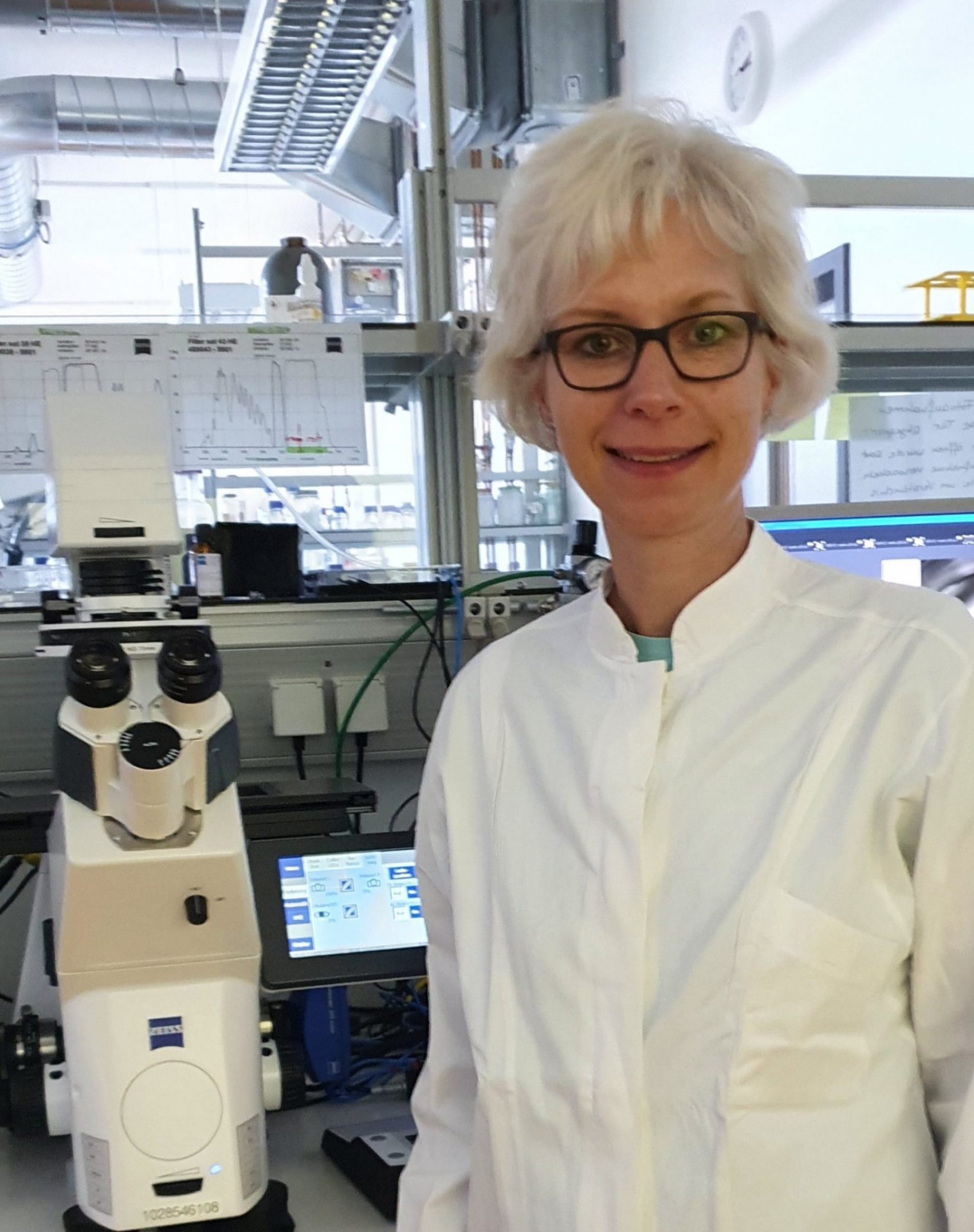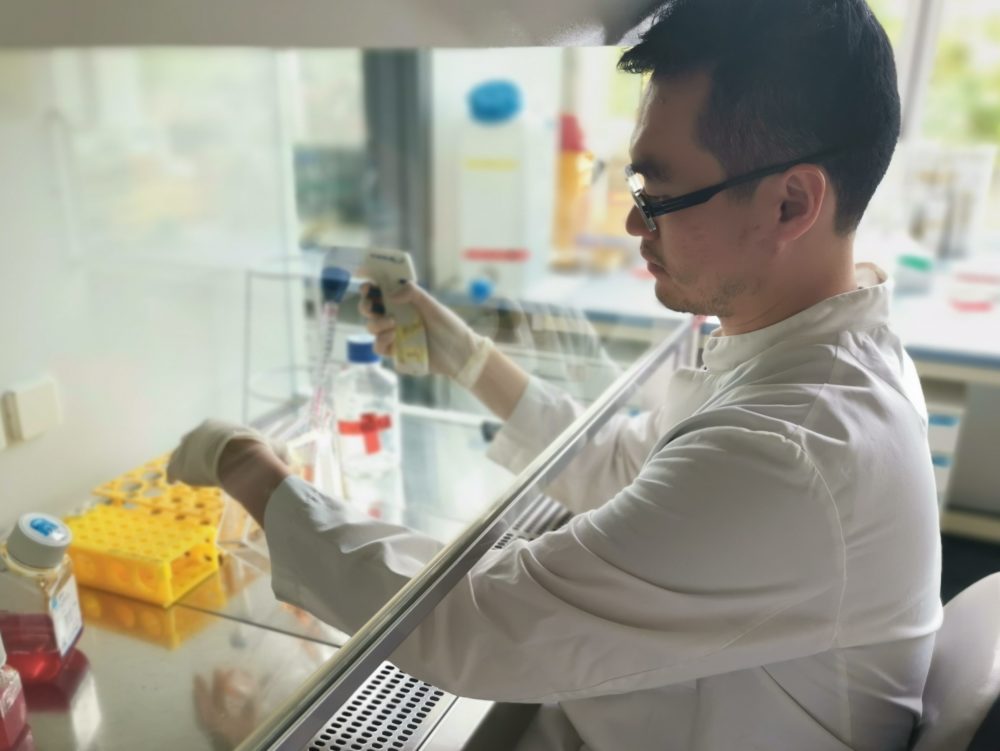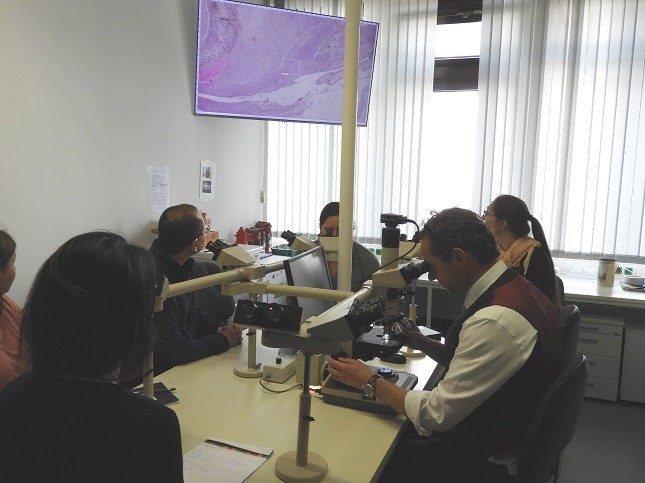by Michael Amling and Thorsten Schinke, University Medical Center Hamburg
We are true experts in bone biology and our primary vision is to establish better treatment options for osteoporosis and other skeletal disorders. But, we have also realized that the skeleton is the primary site for metastases spreading from the most common types of cancer, i.e. breast, prostate and lung. Why is this the case, and what is the consequence? Well, there is a huge amount of great literature, where key molecules and cell types have been identified to modify the metastatic burden in mouse models, where human cancer cells have been injected. However, most of these studies looked at the end-stage of the disease, i.e. at states were a huge mass of cancer cells has led to osteolytic bone destruction. Triggered by the research of our collaborator Prof. Klaus Pantel (located in the same research building at the University Medical Center Hamburg), we want to do things a little bit different. Most importantly, since the Pantel group has established the concept of disseminated tumor cells (DTCs), which are essentially single cancer-derived cells located for instance in the bone marrow, we want to look at the earliest stages of metastasis formation and specifically address the question, if bone cells regulate these. As a matter of fact, once the primary cancer has been removed, DTCs can be detected in bone marrow of the respective patient without growing to real metastases for several years or even decades. However, triggered by unknown events, they apparently wake up, divide and cause serious problems and/or death. We are usually careful in terms of being too optimistic in our research. However, since we are part of the great µBONE priority program, where all the German expertise on skeletal metastases is brought together, there is a great likelihood that we, and all the others, will truly make a change with respect to knowledge and treatment of skeletal metastases. We are very happy to be part of this excellent initiative.




